Serial_Communication_Basics.pdf
Transcript:
[0m:4s] Hi I'm Josh Bloom, welcome to another video in the RSP Supply education series. If you find that these videos are helpful to you, it certainly helps us out if you could give us a big thumbs up and subscribe to our channel.
[0m:16s] In today's video, we are going to be discussing one of the most common communication standards that we have seen and that has been around for many decades, and while it is not as common as it once was, it is still widely used in many different applications today.
[0m:34s] I am talking about serial based communication.
[0m:38s] I am sure you have heard the term serial being used when talking about different types of communication methods, as it is very common and is used almost everywhere.
[0m:48s] Even the cables we commonly use to interact with our computers and other various devices can be some version of a serial communication cable, the most common being the USB cable, or universal serial bus cable.
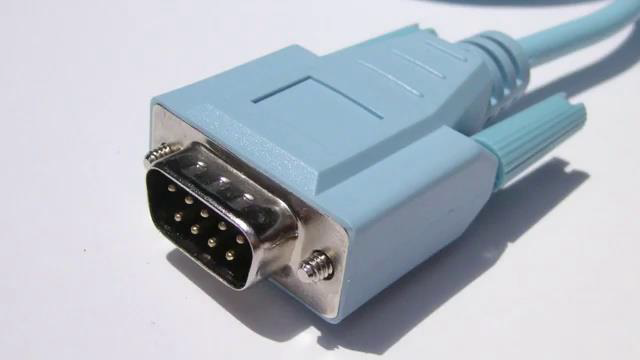
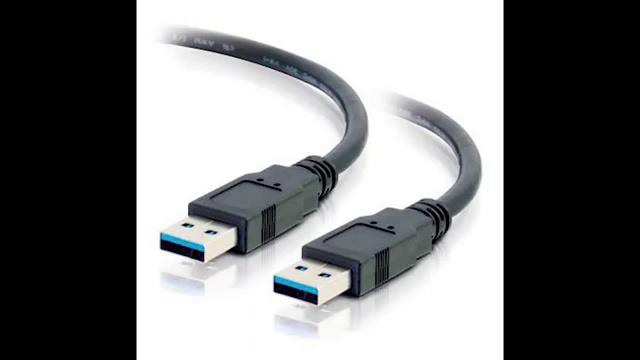
[1m:3s] For the purpose of this video, we hope to explain the basics of serial communication, how it works, introduce a few of the different architectures designed to transmit and receive serial messages, and in what applications we see serial communication being used in. In telecommunications, the process of sending data sequentially over a computer bus or communication cable is known as serial communication.
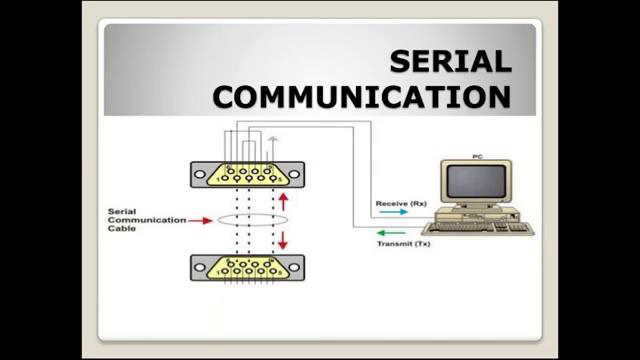
[1m:32s] This means the data will be transmitted just one bit at a time.
[1m:37s] This is opposed to parallel communication,
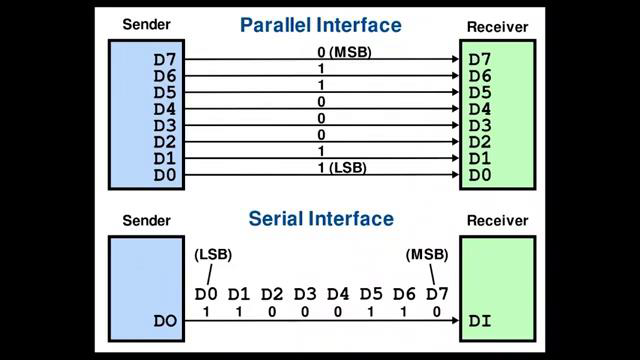
[1m:40s] by which multiple bits can be sent and received simultaneously over multiple communication lines in a single bus or cable. While it may seem that parallel communication would be the preferred method in most cases, this is not true in many situations. Because of the increased complexity and data transmission, it is common to find that it is serial communication that is being clocked at faster speeds than parallel communication buses.
[2m:9s] The speed at which serial is communicated can be altered by adjusting what is known as the BOD rate.
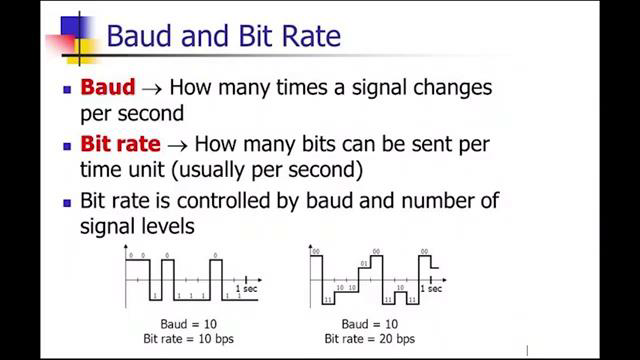
[2m:22s] which simply increases the number of the bits that can be transmitted per second. This is one of the reasons serial communication methods have remained
[2m:30s] as such a common method for basic communication in much of our computer based hardware that we use today. Some of the most common standards that have been created to take advantage of serial based communication in the industrial space would be both RS 232 and RS 485.
[2m:49s] The earlier RS 232 standard was very common in computing in many different applications, including industrial, commercial, and residential computing situations. It had lower transmission speeds that we are not accustomed to today, short maximum cable lengths and large voltage swings making it useful only in certain situations. RS 485 was an improved standard that is still found in many of the same applications today. It fixed many of the issues the earlier RS 232 standard had by allowing longer cable lengths, higher transmission speeds, and other improvements that increased its usability and performance. We will go into much more detail on the standards along with some others in some of our other future videos, but this hopefully gives you an idea of some of the most common serial standards you have most likely encountered at some point in the past. As mentioned before serial based communication standards can be found in almost every scenario you can imagine.
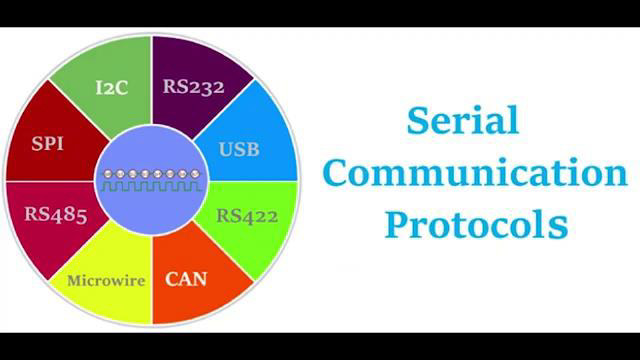
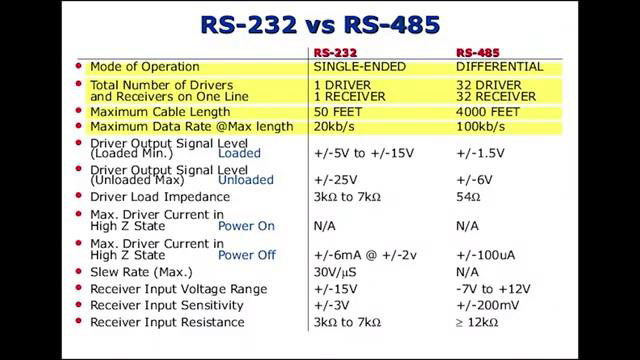
[3m:50s] Even Ethernet based protocols can technically be classified as a form of serial architecture, although it is much more complex and is not commonly classified as a standard serial method of communication. But, RS 232 and RS 485
[4m:7s] are used almost everywhere, especially in industrial applications. USB is one of the most common serial style cables used today that allow us to connect so many different devices to our computers.
[4m:19s] Simply put serial communication is and will remain one of the most common communication methods that exist today. For a full line of industrial communication hardware and thousands of other products, please go over our website. For more information or other educational videos, go to RSPSupply.com, the Internet's top source for industrial hardware. And, don't forget: like and subscribe.




